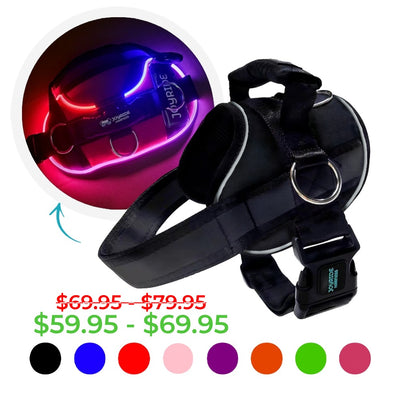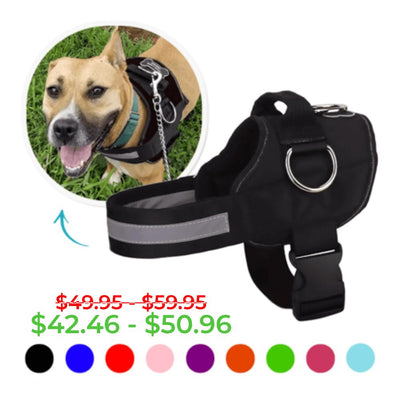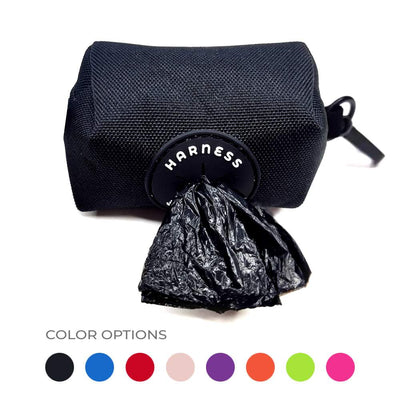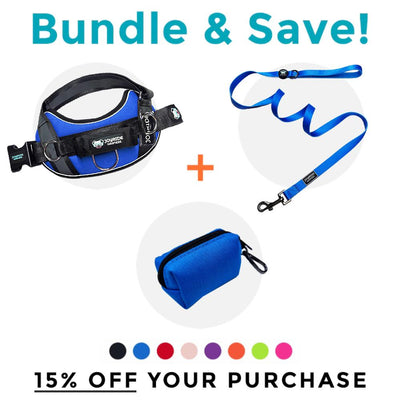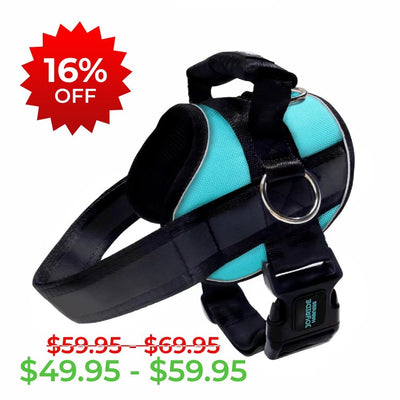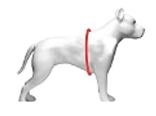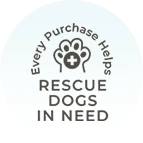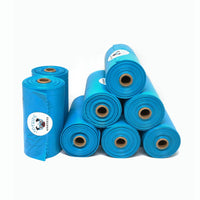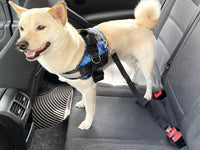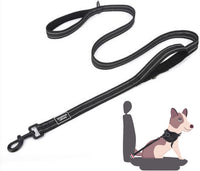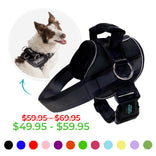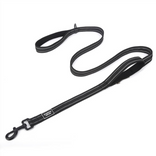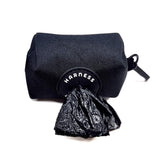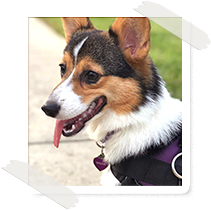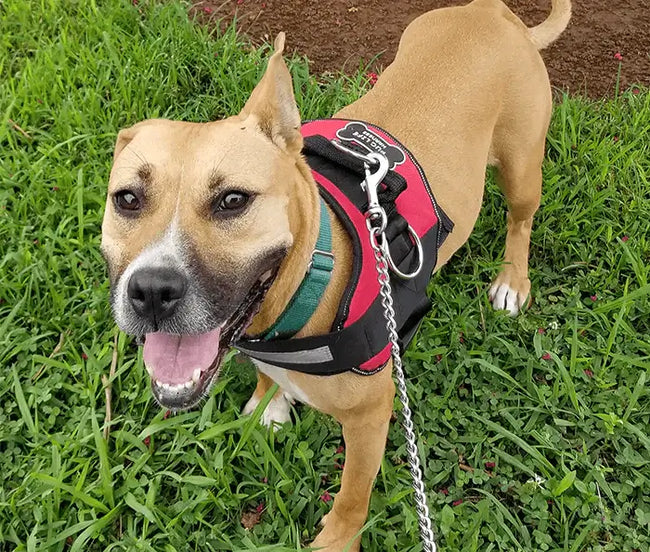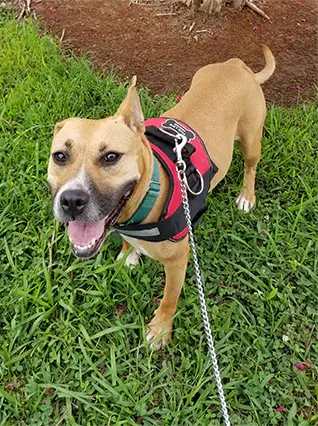Is Your Dog's Harness Hurting Them? Find Out Now!

All dog parents want the best for their canine companions, and picking the right harness for walking is a huge part of that. When you choose to use a harness, you’re making the choice to keep strain off of your dog’s neck, to protect their tracheas from the pressure of a collar, and to prevent pulling on the leash. Harnesses distribute force better over your dog’s entire body, meaning that they are usually less likely to hurt themselves while walking.
But not all harnesses will thoroughly protect your dog! A poorly-fitted or poorly-made harness can put your dog at risk of serious injury. Here’s how to know if your dog’s harness is actually hurting them.
Know The Signs

These could include a number of behavioral changes. If your dog suddenly starts exhibiting unusual behaviors, such as avoiding the harness, freezing, cowering, whining, or attempting to scratch or bite at the harness, it could be a sign of discomfort. Yelping, whining, or growling when you touch or adjust the harness are other important signs that your dog is uncomfortable. If the painful harness is used long enough, the pain could cause changes in your dog’s day-to-day life, such as a reluctance to take walks or a change in their appetite.
Check The Fit

Even if the harness says it’s the appropriate size for your dog’s weight or measurements, that might not be the case. Some dogs have unique shapes that deviate from the norm, and may have a hard time fitting into certain harness designs. Other dogs may fit well in the neck but not in the chest of the harness, or vice versa.
Excessive panting and rapid breathing, especially while wearing the harness, are often a sign that the harness fits uncomfortably. Rubbing against objects or trying to escape the harness can be another sign that it is uncomfortable.
To ensure that your dog’s harness has the proper fit, make sure the harness fits snugly but not too tight. You should be able to fit two fingers between the harness and your dog's body. All straps should be adjusted correctly to prevent any rubbing or chafing. The straps should not dig into the skin. Even once you’re sure the harness fits, you should still regularly inspect your dog's skin for any signs of irritation or discomfort.
Harness Chafing

Dog harness chafing refers to the irritation, redness, or discomfort that can occur on a dog's skin due to friction or rubbing from a poorly-fitted or low-quality harness. Chafing can happen when the harness material constantly rubs against the dog's skin, causing friction and potentially leading to skin irritation, hair loss, or even open sores in severe cases.
Chafing can be caused by several factors:
- Poor Fit: If the harness is too tight or too loose, it can cause the material to rub against the dog's skin, leading to chafing.
- Low-Quality Material: Low-quality harnesses with rough or abrasive materials are more likely to cause chafing.
- Incorrect Placement: If the harness is not positioned correctly, it might rub against sensitive areas like the armpits, chest, or belly, leading to chafing.
- Insufficient Padding: A special concern for hairless dogs and dogs with sparse coats, a harness that isn’t padded can cause chafing and abrasions.
- Vigorous Activity: Dogs that engage in vigorous activities like running, jumping, or playing might experience more friction and chafing if the harness isn't properly fitted.
Symptoms of chasing include hair loss, sores, redness, rough skin patches, and a “rope-burned” or “skinned knee” appearance.
If you notice that your dog is experiencing chafing, stop using the harness immediately and consult with a veterinarian for advice on treating the irritated skin and adjusting the harness to prevent further chafing
Ensure a Happy Dog with a Pain-Free Harness

The most important elements of a dog harness are its ability to protect your dog and the amount of comfort it provides. A harness should be escape-proof, but still allow good freedom of movement. A harness should be secure, but also be easy on and easy off to minimize stress before and after wear. A harness should be durable, but also made of comfortable material that won’t catch on your dog’s fur or cause friction on their skin.
So when you’re shopping for a dog harness, you need to look for a harness that has safety and comfort in mind.
To see some comfortable canines in action, check out our reviews, and follow us on Instagram @joyrideharness to see the perfect dog harness in action!

